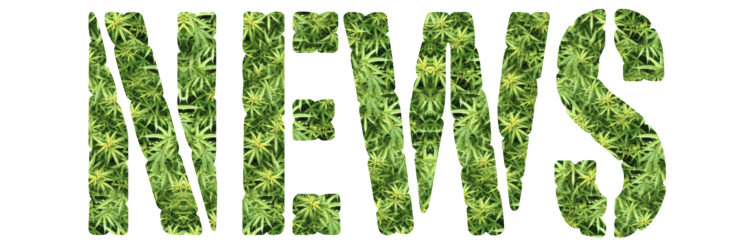Hemp-CBD Across State Lines: Special Update on USDA Hemp Rules
HempUncategorized November 3, 2019 MJ Shareholders


The Agriculture Improvement Act of 2018 (“2018 Farm Bill”) legalized hemp by removing the crop and its derivatives from the definition of marijuana under the Controlled Substances Act (“CSA”) and by providing a detailed framework for the cultivation of hemp. The 2018 Farm Bill gives the US Department of Agriculture (“USDA”) regulatory authority over hemp cultivation at the federal level. In turn, states have the option to maintain primary regulatory authority over the crop cultivated within their borders by submitting a plan to the USDA.
This federal and state interplay has resulted in many legislative and regulatory changes at the state level. Indeed, most states have introduced (and adopted) bills that would authorize the commercial production of hemp within their borders. A smaller but growing number of states also regulate the sale of products derived from hemp.
In light of these legislative changes, we are presenting a 50-state series analyzing how each jurisdiction treats hemp-derived cannabidiol (“Hemp CBD”). Each Sunday, we summarize a new state in alphabetical order. Today we deviate from our regularly scheduled program to discuss the USDA’s recently announced interim hemp rules.
As mentioned above, a tenet of the 2018 Farm Bill is the fact that states and Indian Tribes can regulate hemp cultivation plans to the USDA in order to establish jurisdiction over hemp cultivation. Since releasing the interim hemp rules, the USDA has provided guidance specifically for these plans. The USDA has outlined the requirements for state departments of agriculture and tribal governments here, which covers the following:
- Plans to maintain relevant producer and land information;
- Plans for accurate and effective sampling testing using post decarboxylation or similar reliable methods;
- Plan for disposal procedures;
- Plan for inspection procedures;
- Plan for collection of information;
- Plan to comply with enforcement procedures; and
- Certification that the state or tribal government (whichever applicable) has
resources and personnel to carry out required Farm Bill practices and procedures.
The USDA has also provided additional insights for hemp producers. In order for a producer to cultivate hemp, it must either have a license or other authorization from a state hemp program, Tribal hemp program, or USDA hemp program. The USDA will issue licenses to producers who are operating in jurisdictions that have not submitted a plan or in jurisdictions where a plan has not been approved.
No plans have yet been approved by the USDA, which creates some uncertainty. The USDA has provided some clarity on its “Information for Producers” page:
If your State or Tribe has an approved plan or is in the process of developing a plan, you must apply to and be licensed or authorized under its hemp program.
If your State or Tribe does not have a pending or approved hemp production plan, you may apply for a USDA hemp production license. Applications to obtain a license to produce hemp under the USDA production program may not be submitted until November 30, 2019.
The USDA lists the Status of Submitted Plans on its website as well. This indicates which states have already submitted plans. However, how can producers determine whether a state is developing a plan?
Many states have passed legislation that allows their departments of agriculture to submit 2018 Farm Bill plans to the USDA. For example, my home state of Washington law requires the Washington State Department of Agriculture to develop a plan in compliance with the 2018 Farm Bill. RCW 15.140.040. This type of language is likely enough to indicate that Washington is developing a plan. Therefore, Washington producers would need to obtain a license from state regulators, not the USDA, because Washington is planning to submit a hemp plan to the USDA. In addition to checking state or Tribal law, would-be producers can also contact their local authorities to inquire about a state plan.
Next week, we’ll get back to our series and cover Massachusettes. You can also expect to read much more about the USDA as hemp cultivation regulations are implemented.
For previous coverage in this series, check out the links below:
MJ Shareholders
MJShareholders.com is the largest dedicated financial network and leading corporate communications firm serving the legal cannabis industry. Our network aims to connect public marijuana companies with these focused cannabis audiences across the US and Canada that are critical for growth: Short and long term cannabis investors Active funding sources Mainstream media Business leaders Cannabis consumers










